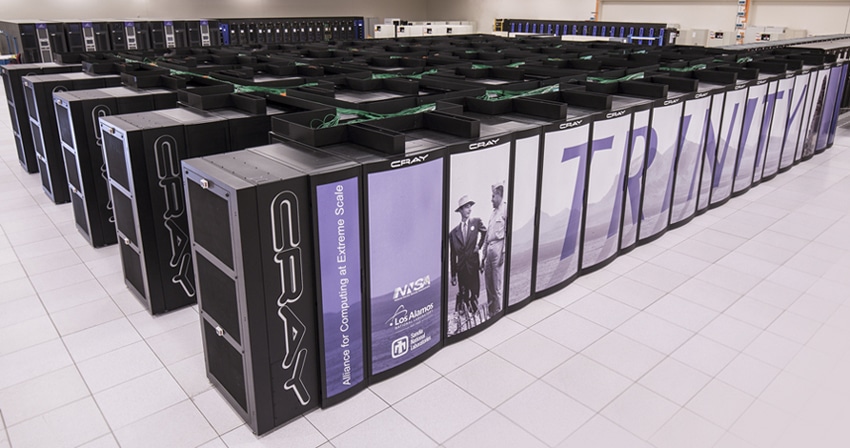Today Scality announced the production deployment of the Scality RING to power Los Alamos National Laboratory’s (LANL) Trinity supercomputer. Scality is also announcing that it is working with Los Alamos on an open source software project that brings the power of object storage to all large-scale research computing environments, MarFS. This is yet another vendor to work with Los Alamos. We’ve seen Seagate leverage its ClusterStor A200 system for the Trinity supercomputer as well as providing storage with Cray’s Sonexion 2000 system.

Trinity is part of the National Nuclear Security Administration (NNSA) Advanced Simulation and Computing (ASC) Program and is projected to be one of the fastest supercomputers. Trinity is also expected to be the first platform large enough and fast enough to begin to accommodate finely resolved 3D calculations for mission-critical simulations. Scality RING is able to write data at 28.5GB/s. Trinity has simulation runs that can generate single files over 1PB in size. Los Alamos states that RING gives them the persistence and durability they need for their simulation runs.
The MarFS is an innovative, open source, scalable namespace technology. The two companies are working together on MarFS to give end users a virtualized view of their storage environment and a global namespace across POSIX and non-POSIX data repositories, including the Scality RING.




 Amazon
Amazon